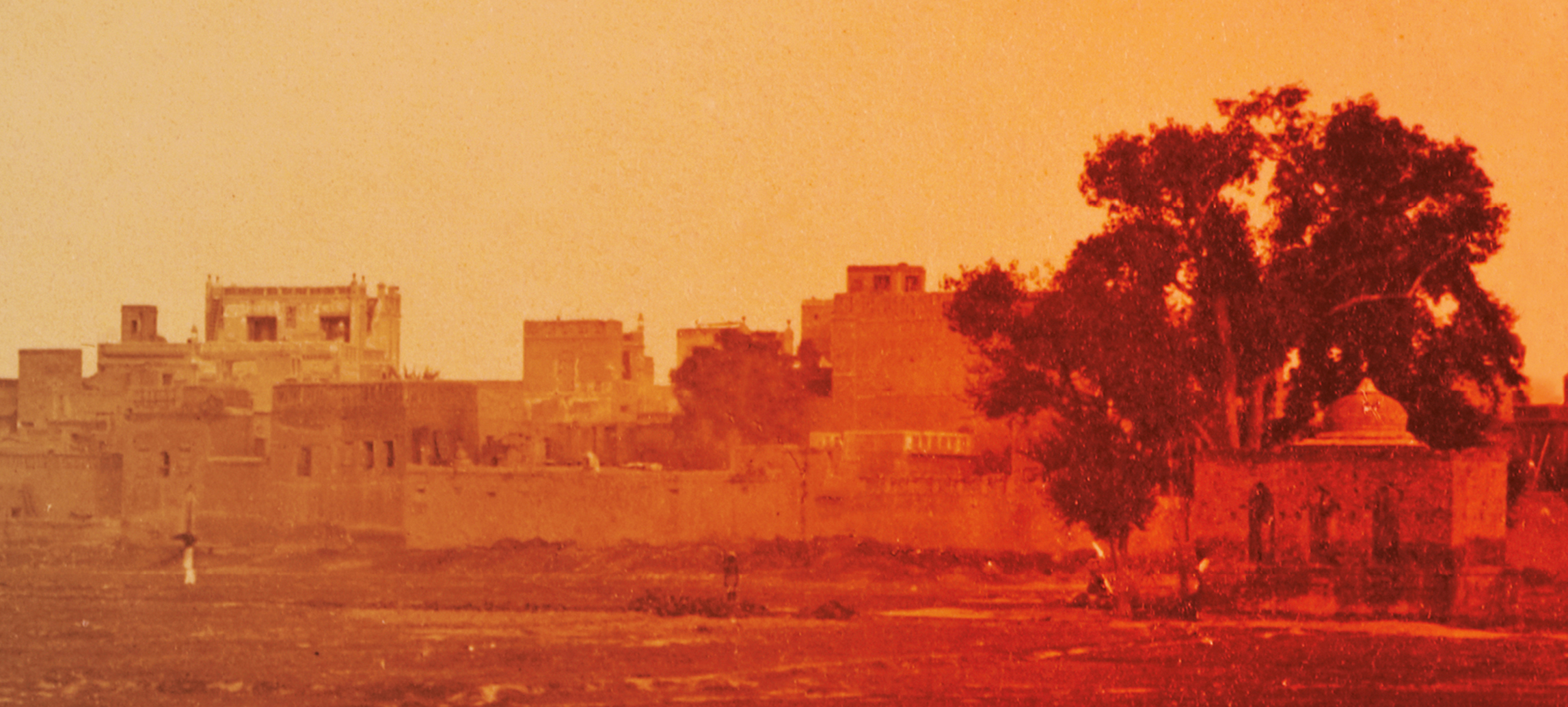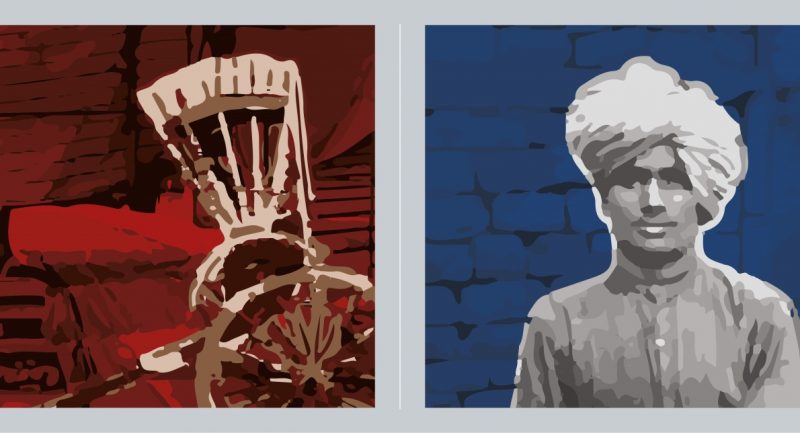
Credited as the event that galvanised the first major anti-colonial nationalist movement, and inexorably set Indian nationalists, including Gandhi, on the path towards independence.
The story of Jallianwala Bagh is accordingly also the story of a particular colonial mindset haunted by the spectre of the ‘Mutiny’. Kim A Wagner’s book seeks to show the interplay between a colonial mentality rooted in the nineteenth century and the contingenciesof the unrest in 1919 – an awareness of, and attention to, the varying themes at play within a single event.
The book introduces us to interesting facts we never knew about one of the most historical locations in the story of India’s Independence.
The pillars of the portico at the entrance of Jallianwala Bagh supposedly symbolise Dyer’s soldiers.
~
The real hero of the Jallianwala Bagh memorial,is the figure of Udham Singh, who, along with Bhagat Singh, is Punjab’s most celebrated freedom fighter. Following the assassination of O’Dwyer, Udham Singh was executed by the British, and was instantaneously accorded the status of a true patriotic martyr. It is said that Udham Singh had himself been present at Jallianwala Bagh and was wounded in the arm, although there is little evidence for this.
~
When the new Viceroy, Lord Reading, took the remarkable step of visiting Jallianwala Bagh on the anniversary of the massacre in 1921, the first British official to do so, he was met with complaints about the disparity of compensation awarded to Indians and Europeans. Reading promised to look into the matter, but nothing ever came of this.
~
Within a year of the massacre, and long before its real consequences were known, Jallianwala Bagh was purchased after a public subscription and turned into a memorial park. There was originally some opposition to the idea, and it was suggested that a memorial at Amritsar would – like the British ‘Mutiny’ memorial at Cawnpore – simply ‘perpetuate bitterness and ill will’.
~
The Amritsar Massacre was accordingly both retributive and pre-emptive: Dyer took revenge for the attacks on Europeans, including Miss Sherwood, during the riots three days earlier, but he also acted to prevent a much bigger outbreak that he believed to be imminent.
Situating the massacre within the ‘deep’ context of British colonial mentality and the local dynamics of Indian nationalism, Wagner provides a genuinely nuanced approach to the bloody history of the British Empire in Jallianwala Bagh.









